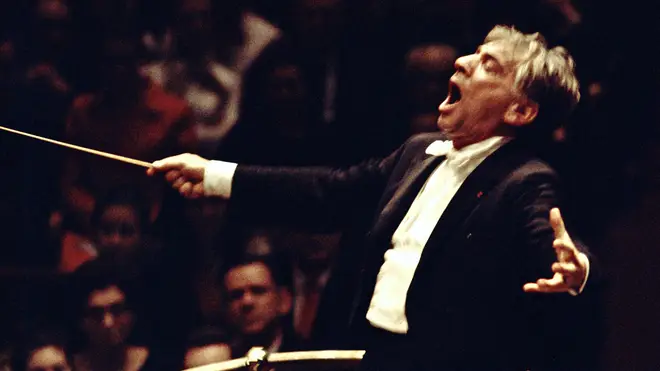
Maestro (available on Netflix) is based on the biography of Leonard Bernstein, a versatile and highly influential artist who remains one of the most significant personalities in Western classical music history. It stars Bradley Cooper and Cary Mulligan and is directed by Cooper. What is the narrative of Leonard Bernstein, the subject of multiple documentaries in the 33 years since his death, before this motion picture produced by Martin Scorcese and Steven Spielberg?
Bernstein, nicknamed Lenny, was born in August 1918 in Lawrence, Massachusetts
Bernstein, nicknamed Lenny, was born in August 1918 in Lawrence, Massachusetts, the first of three children born to Russian Jewish emigrants. His father, Samuel Bernstein, had a beauty salon supply company, and Leonard’s earliest exposure to music came from hymns at the synagogue and popular and classical music on the radio. Bernstein’s piano lessons began when he was 10 years old when one of his aunts left her piano at his house. Bernstein went on to attend Harvard’s Boston Latin School, where he specialized in music.
Bernstein first learned what a conductor does with the conductor and pianist Dimitri Mitropoulos. “He is in my blood,” Bernstein would say. Mitropoulos suggested that Bernstein’s study was conducted at Curtis Institute in Philadelphia — here, Bernstein learned not just the scores but “what the composer of the piece meant”, as he would say in one of his last interviews.
In 1940, Bernstein enrolled at Tanglewood, the summer music school founded by Serge Koussevitzky, music director of the Boston Symphony. At the age of 25, he was appointed assistant conductor of the New York Philharmonic and was called upon to fill in for Bruno Walter after the famed maestro fell unwell. Bernstein became the buzz of the classical music world after his performance, which was given without rehearsal.
He became the director of the New York City Symphony Orchestra two years after the success of the 1943 Carnegie Hall concert
Bernstein became the director of the New York City Symphony Orchestra two years after the success of the 1943 Carnegie Hall concert. In the years since, he has performed all around Europe, where audiences have fallen in love with his genius. He was the first American to play at Milan’s famed La Scala opera venue in 1953. Bernstein notably invited jazz legend Louis Armstrong to perform with the New York Philharmonic in 1956, showcasing his versatility. The next year, he was named director of the New York Philharmonic for the 1958-59 season, making him the orchestra’s first American-born conductor.
Bernstein stated that his orchestras should sound like him, not the orchestra. His fame rose as his presentations and chats on the art of performance were televised and recorded. This resulted in a new audience for classical music, with a growing number of individuals becoming interested. He had a fiery conducting style and is regarded as one of history’s most impassioned conductors. He moved his entire body to the music, his gestures and mannerisms were energetic, vibrant, and theatrical, and he periodically gave jumps that lifted him straight off the podium.
Bernstein married Chilean-born actress Felicia Montealegre in 1951, and the couple had three children. Despite their strong bond, Bernstein maintained relationships with both men and women throughout his life. Montealegre was aware of and accepted his connections, as evidenced by her letters. Bernstein left Montealegre to be with music scholar Tom Cothran, but returned the following year when she was diagnosed with lung cancer. He was responsible for Montealegre until her death in 1978. He also had several relationships after she died.
